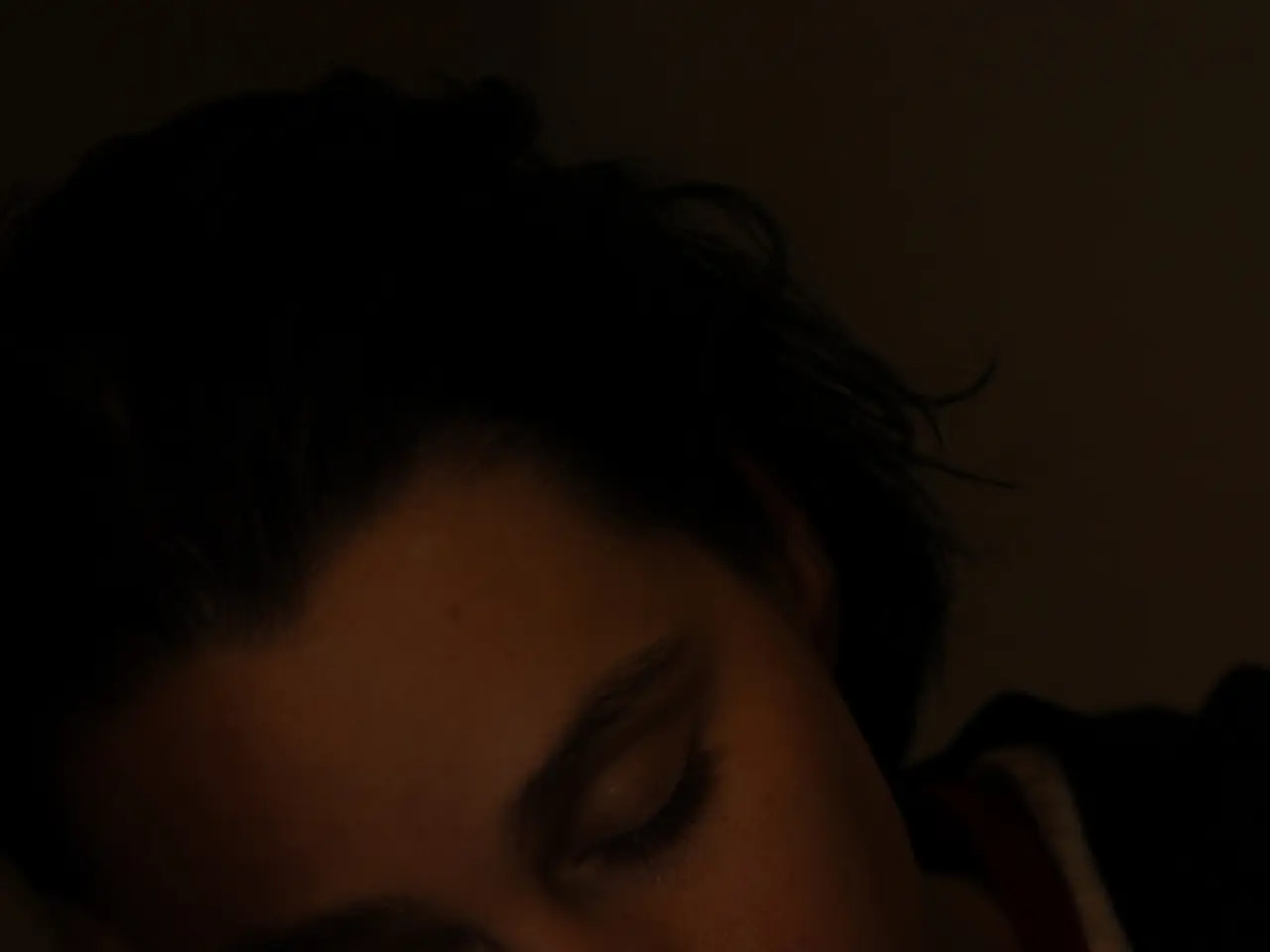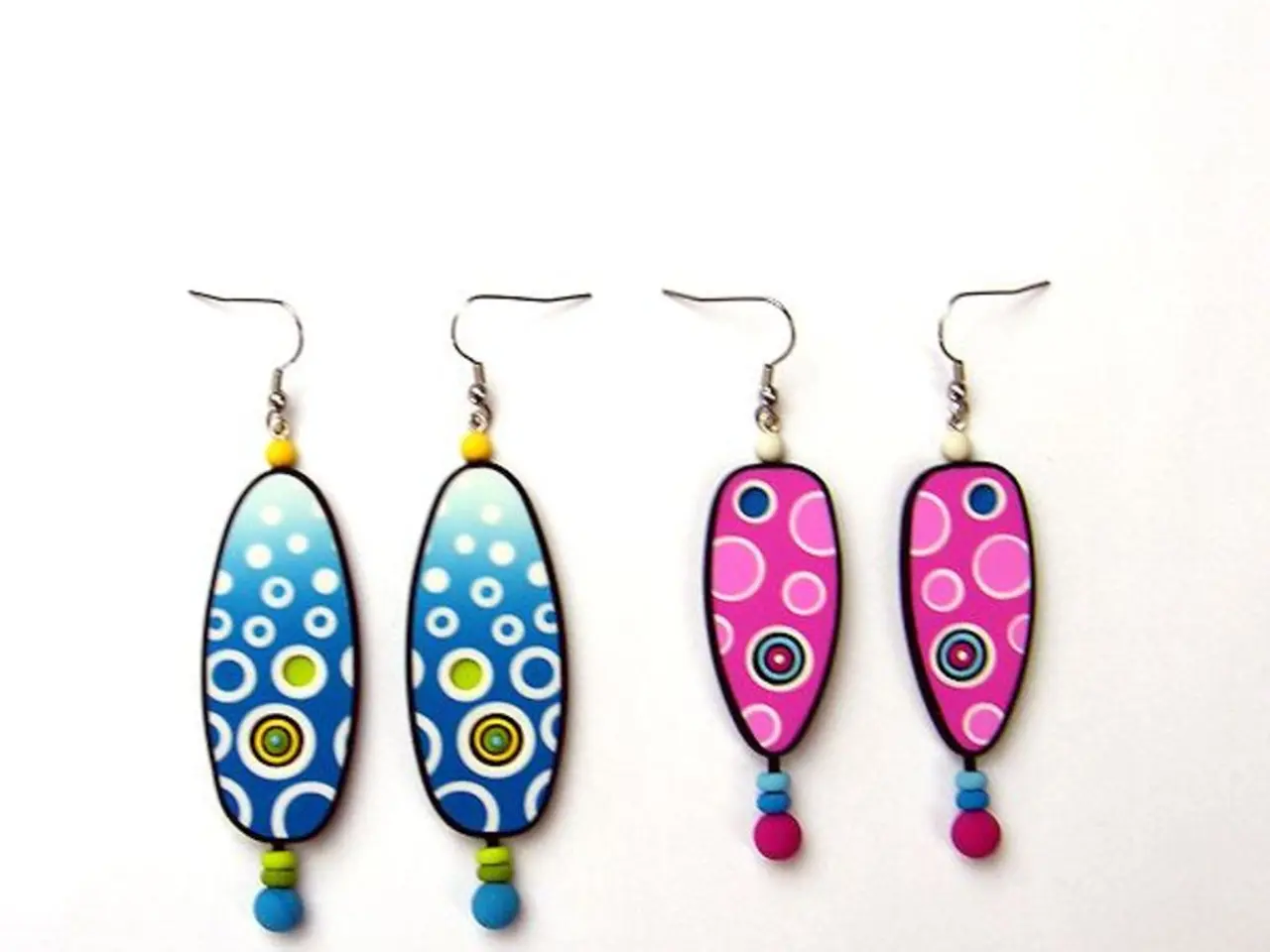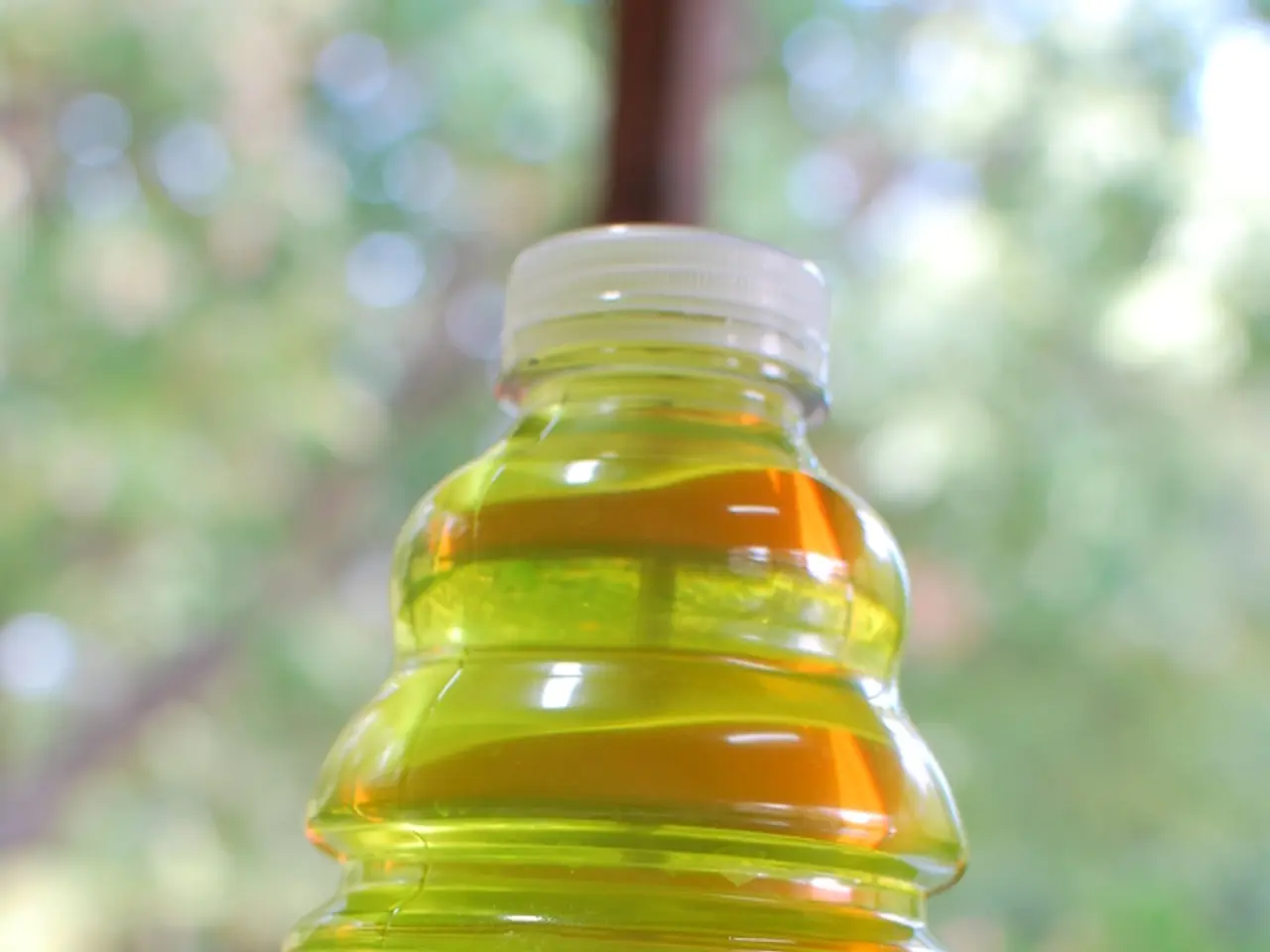Differentiating between Cysts and Boils: Identification, Symptoms, Origins, and Remedies
In the vast and intricate landscape of our skin, a variety of lesions can arise, each with its unique characteristics and causes. This article aims to shed light on some of the most common skin lesions, including epidermal cysts, trichilemmal cysts (pilar cysts), milia, ganglion cysts, Baker's cysts, Bartholin's cysts, boils (furuncles), and pimples.
Epidermal cysts, caused by the proliferation of epidermal cells within the dermis, are often the result of blocked hair follicles or skin trauma. They are firm, slow-growing, painless lumps that can appear on various parts of the body, such as the face, back, scalp, or scrotum. If inflamed or infected, they may require treatment through drainage or surgical removal.
Trichilemmal cysts, or pilar cysts, develop from the outer root sheath of hair follicles, most commonly on the scalp. These cysts are firm, mobile lumps that are usually painless but may calcify or become inflamed rarely. Surgical excision is common if they enlarge or cause discomfort.
Milia, tiny epidermal cysts, are caused by trapped keratin under the skin, often after skin damage or in newborns. They appear as small, white, hard bumps usually on the face (around eyes, cheeks), and while they are generally harmless, they may require cosmetic removal if persistent.
Ganglion cysts are benign cysts that form from degeneration of connective tissue, often near joints or tendons (wrist, hand). They are smooth, round lumps that may fluctuate in size and can sometimes cause pain or limit movement. Treatment usually involves observation if asymptomatic, but aspiration or surgical removal may be necessary if painful or restricting function.
Baker’s cysts are fluid-filled cysts that form behind the knee due to knee joint conditions like arthritis or meniscal injury leading to fluid accumulation. They cause swelling and tightness behind the knee, and pain when bending or extending the knee. Treatment involves addressing the underlying joint problem, and aspiration or surgery may be necessary if the cyst is large or symptomatic.
Bartholin’s cysts are cysts that form due to blockage of Bartholin’s gland ducts (in vulva) causing mucus buildup. They cause swelling near the vaginal opening, which may be painless or cause discomfort, especially if infected. Treatment includes warm compresses, sitz baths, antibiotics if infected, and surgical drainage or marsupialization if recurrent.
Boils, or furuncles, are bacterial infections of a hair follicle that cause pus accumulation. They are painful, red, swollen lumps that may drain pus and range in size from a cherry stone to a walnut. Treatment involves warm compresses, incision and drainage if large, and antibiotics if spreading or systemic symptoms are present.
Pimples, or acne, are inflammation of hair follicles and sebaceous glands usually due to clogged pores, bacteria, and excess sebum. They appear as small red bumps, sometimes with a pus head, mostly on the face, back, chest. Treatment includes topical or oral antibiotics, retinoids, or benzoyl peroxide depending on the severity.
While each of these lesions shares some similarities, they have distinct differences in their causes, symptoms, and treatments. It is crucial to understand these differences to appropriately manage any skin lesions that may arise. For more severe or persistent cases, always consult a healthcare professional.
References: [1] Mayo Clinic. (2021). Skin Cysts. https://www.mayoclinic.org/diseases-conditions/skin-cysts/symptoms-causes/syc-20352432 [4] American Academy of Dermatology. (2021). Common Skin Conditions: Cysts. https://www.aad.org/public/diseases/cysts/common-skin-cysts
- Obesity, a medical condition that affects overall health, can predict an increased risk of developing certain skin lesions, such as psoriasis, due to the added pressure on the skin and potential skin folds.
- Psoriasis, a chronic skin condition characterized by the rapid buildup of dead skin cells, is often associated with red, scaly patches on the skin. While it can occur anywhere, it commonly affects the skin-care sensitive areas like the knees, elbows, scalp, and lower back.
- In the realm of health-and-wellness and science, researchers are continuously seeking predictive markers for the onset and progression of various medical conditions, including psoriasis, to provide more targeted treatments and management strategies.
- To maintain good health-and-wellness, it is essential to adopt a comprehensive lifestyle approach, including proper skin-care practices, regular exercise, a balanced diet, and regular medical check-ups to detect and manage any potential medical-conditions in their early stages.




